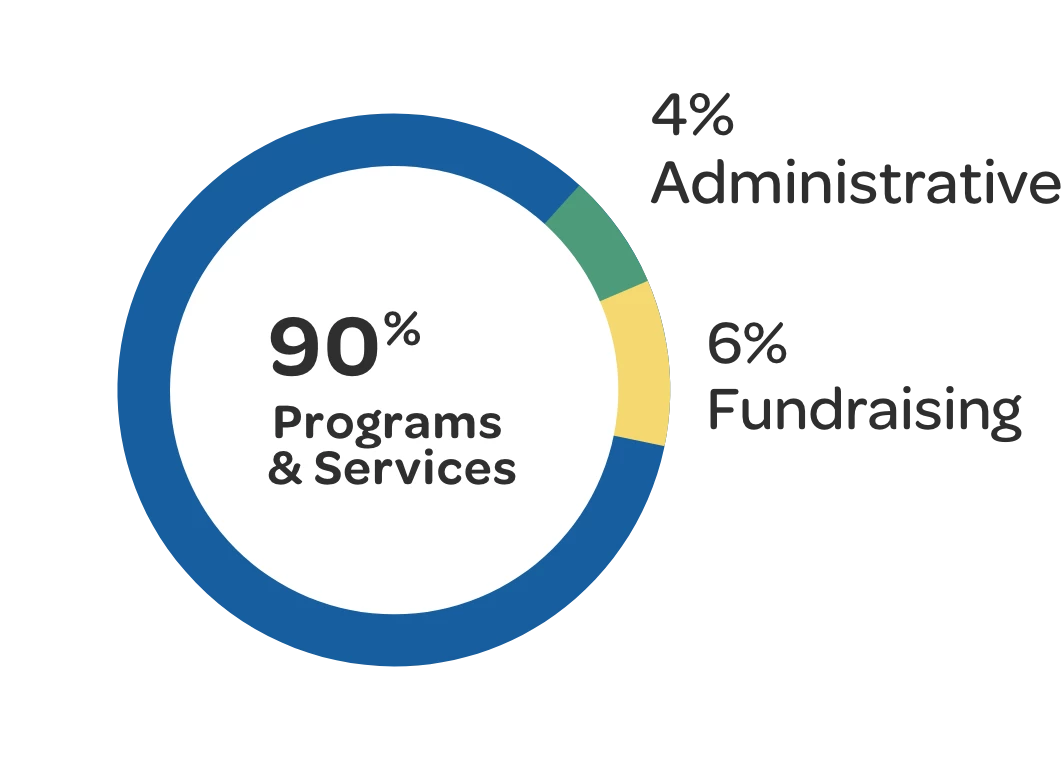In what is already being considered the world’s next humanitarian crisis, which could possibly exceed the Syrian Civil War in its severity, broad swathes of South and East Africa are suffering from the worst drought in years, portending an insufficient harvest for a region of the world already struggling with high rates of malnutrition. According to the UN’s World Food Programme, some 60 million people across the Horn of Africa and the Sub-Saharan regions are facing acute food shortages in 2016. The sheer scale of the emergency is slowly dawning on the international community, but so far decisive action has been sorely lacking. This emerging catastrophe remains mostly invisible, crowded out by louder, more sensational headlines.
According to UNICEF, over 2 million children are facing food shortages in Somalia alone while 73% of the population lives under the poverty line. UNICEF also estimates that in Ethiopia over 18 million people will be facing food insecurity by the end of 2016, including over 6 million children. While official statistics are unavailable for Eritrea, the country is facing the worst drought it has seen in 30 years, with large areas of its arable land receiving only 20% of the average rainfall. The severity of the situation has prompted comparisons to Ethiopia’s lethal famine of 1983-85, in which almost a half million people throughout East Africa are estimated to have perished.
Many factors are coming together to produce this regional emergency, which, in addition to its human cost, also carries tremendous economic consequences. Ethiopia, the most severely affected country so far, clearly illustrates the scope of the problem. According to a UN report, seasonal rains in the country have been drastically reduced due to the El Niño weather phenomenon, weakening the size of harvests and the health of the livestock that the bulk of the Ethiopian population relies on for their subsistence and livelihood. The drought’s impact on the economically central agricultural sector threatens to undermine the robust expansion of markets and incomes that has boosted Ethiopia’s recent growth.
Kemal Birru, Programs Director for Zakat Foundation of America and an Ethiopian himself, was recently on the ground in East Africa. He reported seeing desperate families line up for food from charity groups, while other villages reported having to rely on muddy, unsanitary water from dilapidated wells in dire need of repair. In what is becoming a disturbingly routine sight, dried carcasses of dead animals littered the parched countryside. Mr. Birru knew the situation was critical, but was not prepared to confront such shocking visible evidence of it. “I did not expect to see the dead bodies of so many animals, strewn across the ground like that,” he recounted. “It was a chilling experience.”
“As the Director of Programs for an international humanitarian organization and as an Ethiopian, I feel happiness and sadness about my visit to Ethiopia,” Birru stated. “Relief work is getting done, but we need to do more.” He added that government agencies and relief organizations in the country have been appealing vigorously for international aid, but not enough people are listening and the scale of the disaster is not recognized by the global community.
The evidence strongly suggests that extreme climatic events are only going to become more frequent. Instead of occurring once every few decades, such dangerous drought conditions are now occurring every few years – the last event of comparable intensity was in 2011. It is no coincidence that such extreme droughts are becoming normal. Four of the last five years – 2010, 2013, 2014, and 2015 – were each among the hottest years in recorded history.
However one understands its causes, climate change is now an undeniable fact whose consequences must be reckoned with. It is an international problem demanding a solution based in an international moral and humanitarian vision.
Fortunately, short-term programs to alleviate the damage of a rapidly warming planet are within reach. The most severely affected communities must be quickly and efficiently provided with food, water, and other vital supplies they need to make it through the worst of the coming dry season. Ultimately, however, international assistance must transition from direct food and water aid to programs that help local agencies and institutions build out the infrastructure to withstand extreme weather events. The task of switching from direct aid to building resiliency will be challenging, and will require close cooperation between leading international aid organizations and local governmental agencies. Until such a comprehensive plan to address climate change is available, workable, near-term solutions are urgently necessary for countries facing imminent danger.
It is clear that action must come quickly to avert a potentially unprecedented disaster. Time is short, and the international aid network must act in concert to develop an actionable response to this impending disaster.







